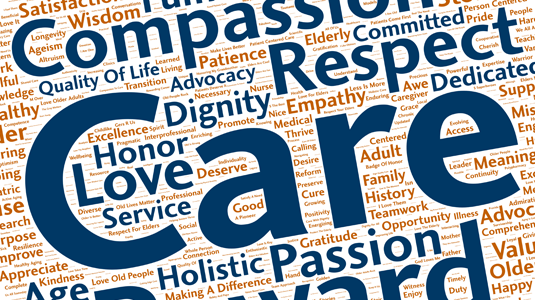Founded in 1942, the American Geriatrics Society (AGS) is a nationwide, not-for-profit society of geriatrics healthcare professionals dedicated to improving the health, independence, and quality of life of older people. Our 6,000+ members include geriatricians, geriatrics nurse practitioners, social workers, family practitioners, physician assistants, pharmacists, and internists who are pioneers in advanced-illness care for older individuals, with a focus on championing interprofessional teams, eliciting personal care goals, and treating older people as whole persons. AGS believes in a just society, one where we all are supported by and able to contribute to communities where ageism, ableism, classism, homophobia, racism, sexism, xenophobia, and other forms of bias and discrimination no longer impact healthcare access, quality, and outcomes for older adults and their caregivers. AGS advocates for policies and programs that support the health, independence, and quality of life of all of us as we age.
The Society provides leadership to healthcare professionals, policymakers, and the public by implementing and advocating for programs in clinical care, research, professional and public education, and public policy that can support us all as we age.
"Stronger Than Ever"
In 2017, our member community celebrated 75 years of caring for older adults. What does 75 years of geriatrics expertise look like (and sound like)? Find out, in this one-of-a-kind commemorative song commissioned for our anniversary. Music by John B. Sebastian with words by David B. Reuben, MD, AGSF. Performed by James T Pacala, MD, MS, AGSF, Miguel Paniagua, MD, and our #AGS17 attendees.

“The AGS is uniquely positioned because we represent a committed group of healthcare professionals who are actually doing the care. It’s imperative that the AGS seize the opportunity to advance its mission—ensuring quality care for all older adults—while Washington works to redesign healthcare.”
–Cheryl P., MD
